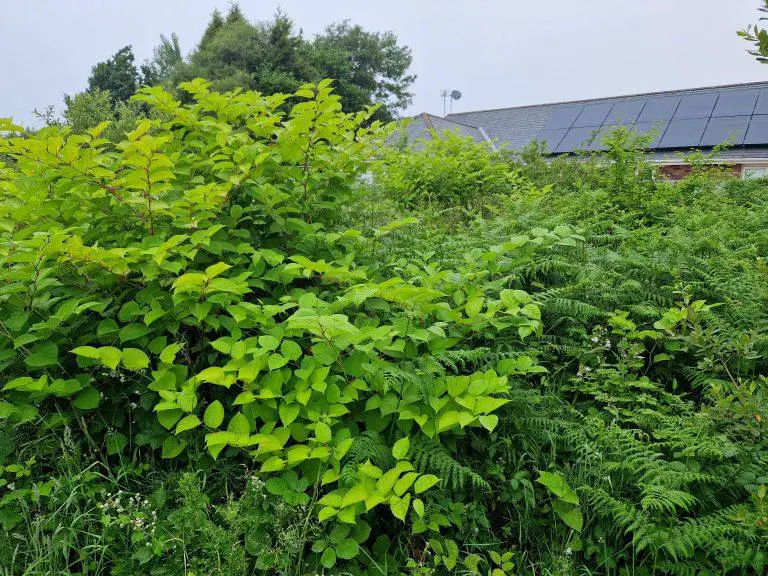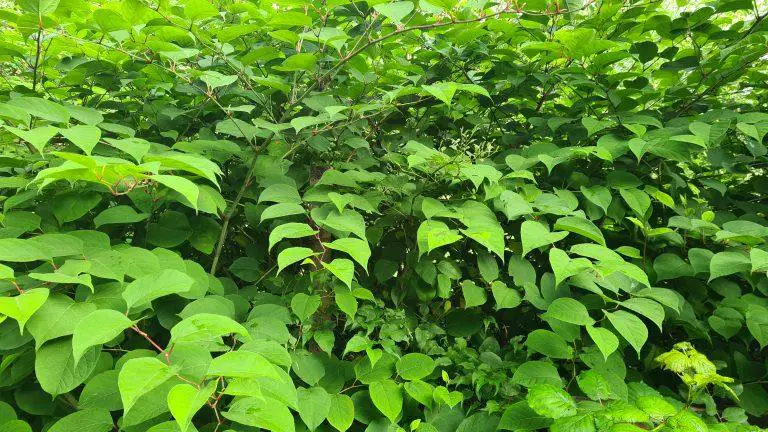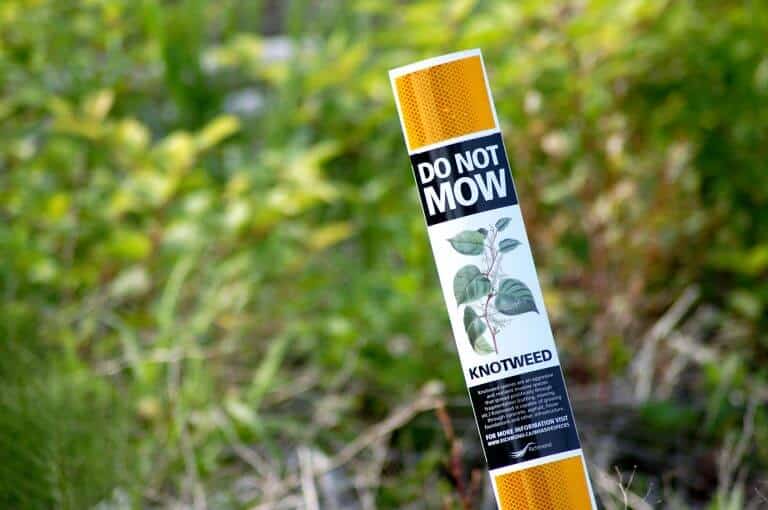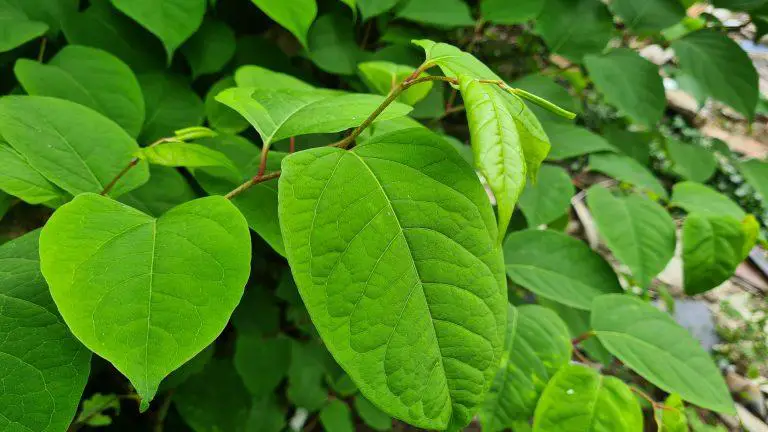When it comes to managing Japanese knotweed on your property, choosing the right treatment plan can be a daunting task. With so many options available, it’s important to consider several factors before making a decision. This article will provide you with guidance on how to choose the right Japanese knotweed treatment for your property.
Firstly, it’s important to understand the severity of the Japanese knotweed infestation on your property. This will determine the type of treatment that is most suitable for your situation. Factors such as the size of the infestation, the location of the plant, and the age of the plant will all play a role in determining the best course of action.
Secondly, you should consider the environmental impact of the treatment. Some treatments may have a negative impact on the surrounding environment, so it’s important to choose a treatment that is both effective and environmentally friendly. This will ensure that your property is not only free of Japanese knotweed, but also sustainable in the long term.
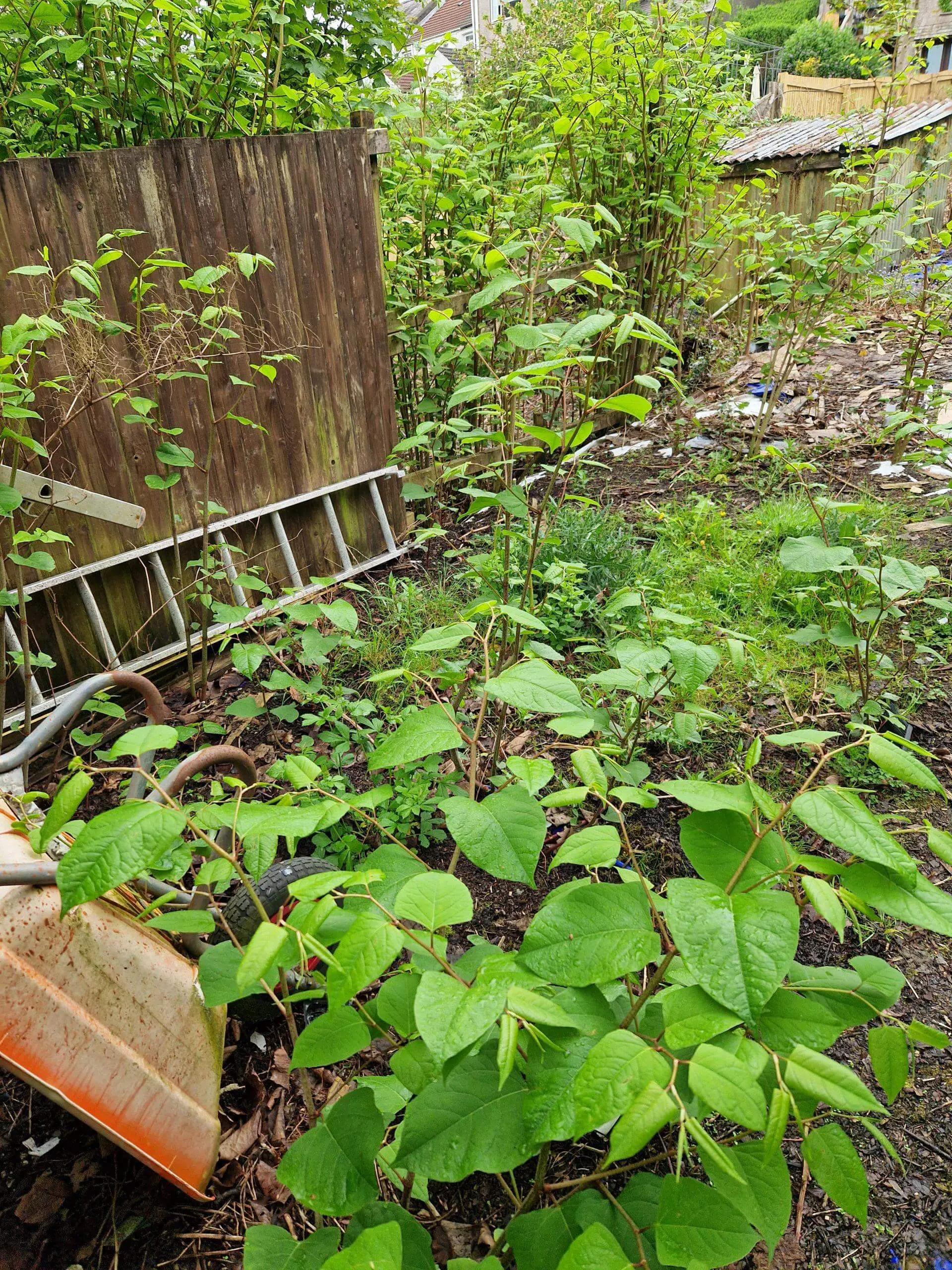
Understanding Japanese Knotweed
What is Japanese Knotweed?
Japanese Knotweed is an invasive plant species that is native to East Asia. It was introduced to the UK in the mid-19th century as an ornamental plant, but it has since become a major problem due to its aggressive growth and ability to spread rapidly.
Why is Japanese Knotweed a Problem?
Japanese Knotweed is a problem because it can cause damage to buildings, roads, and other structures. Its roots can grow up to 3 metres deep and 7 metres wide, which can lead to subsidence and damage to underground pipes and foundations. Additionally, it can outcompete native plant species, reducing biodiversity and causing ecological damage.
Identifying Japanese Knotweed
Japanese Knotweed can be identified by its heart-shaped leaves, bamboo-like stems, and white flowers that bloom in late summer. The leaves are typically 10-15cm long and 8-12cm wide, with a pointed tip and a flat base. The stems are hollow, and they can grow up to 3 metres tall.
The Impact of Japanese Knotweed on Your Property
If Japanese Knotweed is present on your property, it can have a significant impact on its value and marketability. Lenders and insurers may be reluctant to provide financing or coverage for properties that are infested with Japanese Knotweed, which can make it difficult to sell or remortgage your property. Additionally, the cost of removing Japanese Knotweed can be significant, and it may take several years to eradicate the plant completely.
In summary, Japanese Knotweed is an invasive plant species that can cause significant damage to buildings, roads, and other structures. It can be identified by its heart-shaped leaves, bamboo-like stems, and white flowers, and it can have a significant impact on the value and marketability of your property.
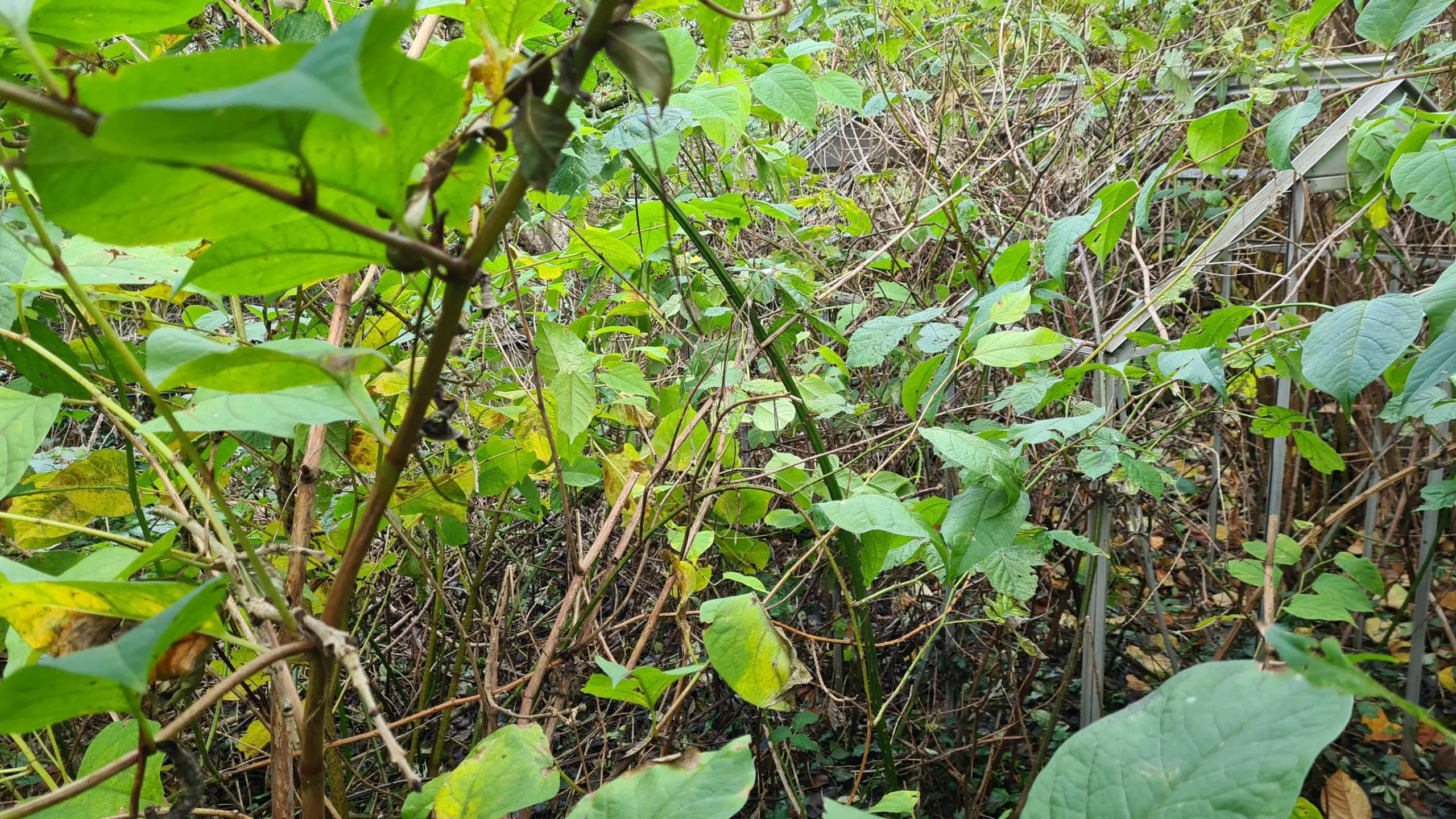
Assessing Your Japanese Knotweed Infestation
If you suspect that your property is infested with Japanese Knotweed, it is important to assess the extent of the problem before deciding on a treatment plan. Here are some factors to consider:
Surveying Your Property
The first step is to survey your property to determine the location and severity of the infestation. Look for signs of Japanese Knotweed, such as large, heart-shaped leaves, hollow stems with distinct nodes, and clusters of small white or green flowers. The plant can grow up to 10cm per day during the summer months, so it is important to act quickly if you suspect an infestation.
Timing of the Infestation
The timing of the infestation can also affect the choice of treatment. Japanese Knotweed is most vulnerable to treatment during the summer months, when it is actively growing and absorbing nutrients. Treating the plant during this time can be more effective than during the winter months when the plant is dormant.
Assessing the Extent of the Infestation
The extent of the infestation will also affect the choice of treatment. If the infestation is small and localized, it may be possible to remove the plant manually or with herbicides. However, if the infestation is widespread or has been present for several years, more aggressive treatment methods may be necessary, such as excavation or stem injection.
It is important to note that Japanese Knotweed is a highly invasive plant that can cause significant damage to buildings and infrastructure. It is also illegal to allow the plant to spread, so it is important to take action as soon as possible if you suspect an infestation on your property.
In summary, surveying your property, the timing of the infestation, and assessing the extent of the infestation are all important factors to consider when choosing the right Japanese Knotweed treatment for your property.
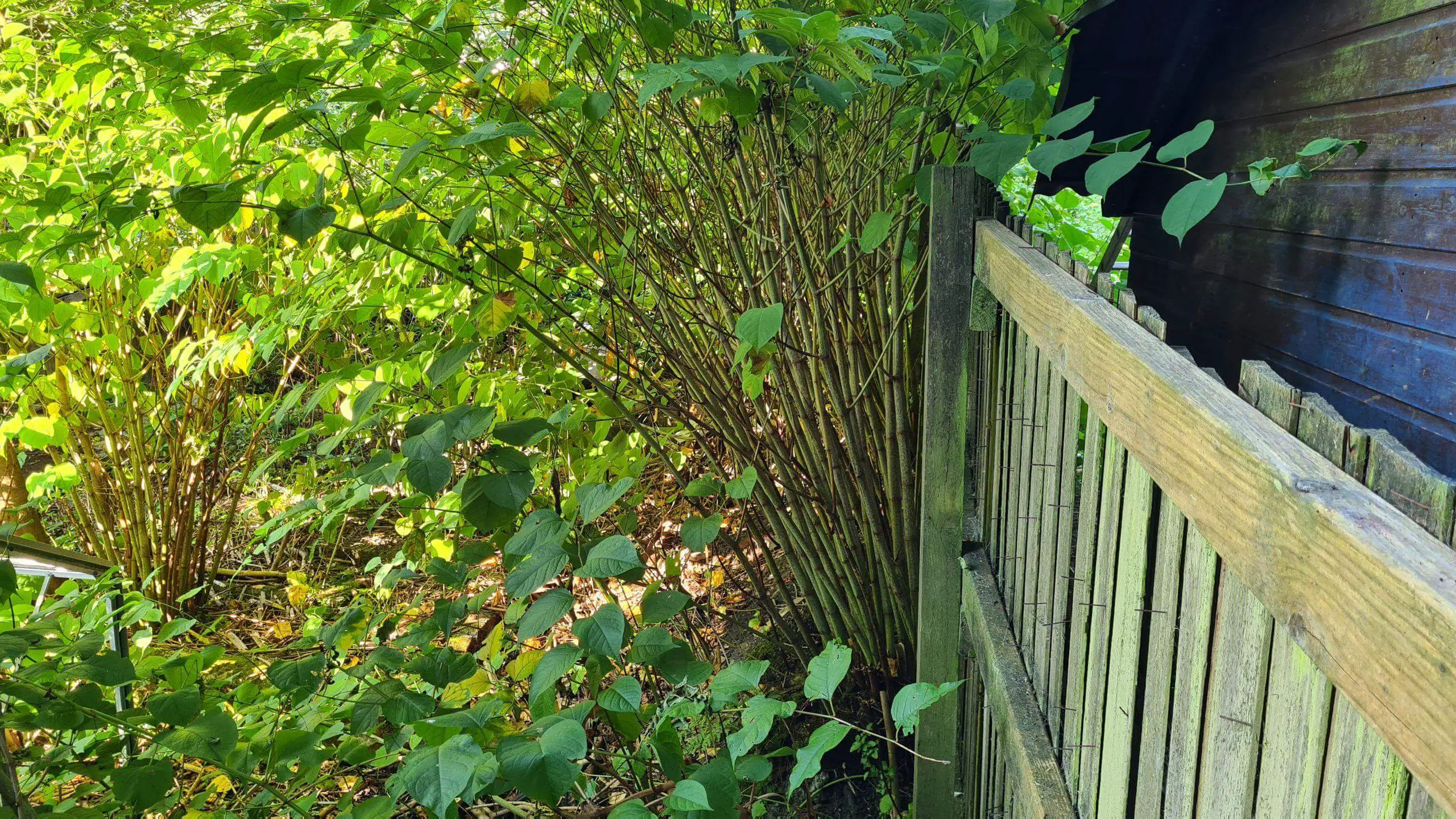
Choosing the Right Japanese Knotweed Treatment
If you’ve discovered Japanese Knotweed on your property, you’ll need to act quickly to eradicate it. But with so many treatment options available, it can be difficult to know where to start. In this section, we’ll explore the most popular treatment methods and the factors you should consider when choosing the right one for your property.
Herbicide Treatment
Herbicides are a popular choice for Japanese Knotweed removal. They work by killing the plant’s roots, preventing it from growing back. However, it’s important to choose the right herbicide for the job. Glyphosate-based herbicides are the most effective, but they can take several years to fully eradicate the plant. Alternatively, systemic herbicides like imazapyr are faster-acting, but they can also be more damaging to the surrounding soil and plants.
Excavation and Removal
Excavation and removal is a more drastic treatment option, but it can be effective for larger infestations. This involves digging out the entire plant, including its roots, and disposing of it off-site. However, this method can be expensive and disruptive, and it may not be suitable for all properties.
Smothering and Mulching
Smothering and mulching is a natural treatment option that involves covering the plant with a tarp or other material to prevent it from getting sunlight. Over time, this will cause the plant to die off. Mulching can also be used to smother the plant by covering it with a layer of organic material like wood chips or straw. However, this method can take several years to be effective, and it may not be suitable for all properties.
Digging Out the Roots
Digging out the roots of the Japanese Knotweed can be an effective treatment option, but it’s also the most time-consuming. This involves manually digging out the entire root system, which can be difficult and labour-intensive. However, it’s a good option for small infestations or if you want to avoid using herbicides.
When choosing the right Japanese Knotweed treatment, it’s important to consider factors such as the size of the infestation, the location of the plant, and the impact on the surrounding landscape. You may also need to consider legal requirements for Japanese Knotweed removal in your area. Ultimately, the best treatment option will depend on your specific situation and goals.
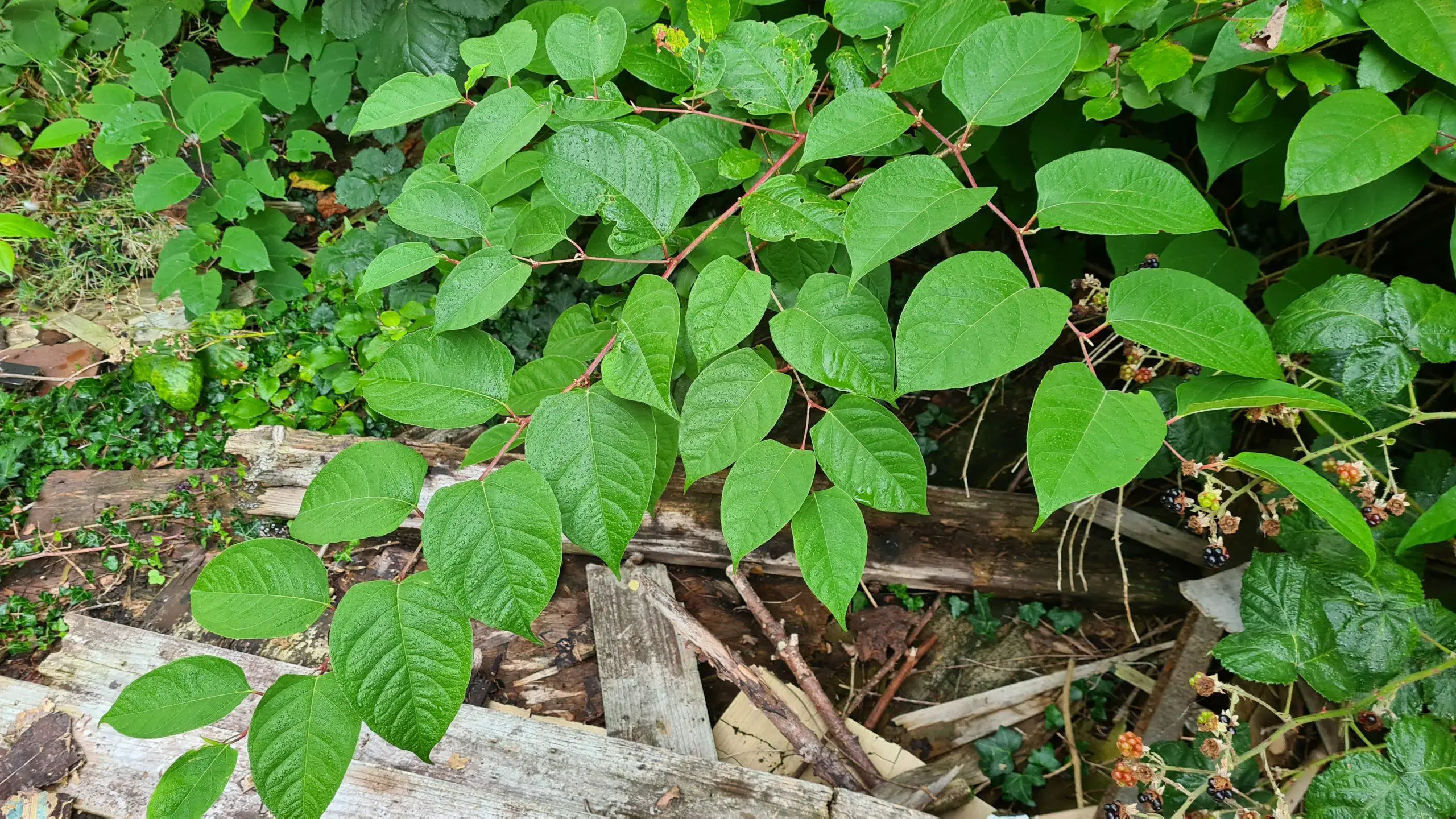
Factors to Consider
When choosing the right Japanese Knotweed treatment for your property, there are several factors that you should consider. These include the environmental impact, cost and time, and health and safety.
Environmental Impact
One of the most important factors to consider when choosing a Japanese Knotweed treatment is the environmental impact. You should choose a treatment that is effective in controlling Japanese Knotweed but also minimizes harm to the environment. Herbicides such as glyphosate can be effective but can also harm native plants and wildlife. It is important to follow label instructions carefully and use alternative control methods where possible.
Cost and Time
Another factor to consider is the cost and time involved in the treatment. The cost of treatment can vary depending on the control method used and the size of the infestation. Some treatments may require multiple applications over several years, which can add to the cost and time involved. It is important to consider the long-term cost and effectiveness of the treatment when making your decision.
Health and Safety
The health and safety of yourself and others should also be considered when choosing a Japanese Knotweed treatment. Herbicides can be harmful if not used correctly, so it is important to follow label instructions and wear appropriate protective gear such as gloves. You should also consider the impact of the treatment on any nearby water sources or wildlife. It is important to follow the Wildlife and Countryside Act 1981 and other relevant regulations when using any control method.
Overall, when choosing a Japanese Knotweed treatment, it is important to consider the environmental impact, cost and time, and health and safety. By doing so, you can choose a treatment that is effective in controlling Japanese Knotweed while minimizing harm to the environment and ensuring the safety of yourself and others.
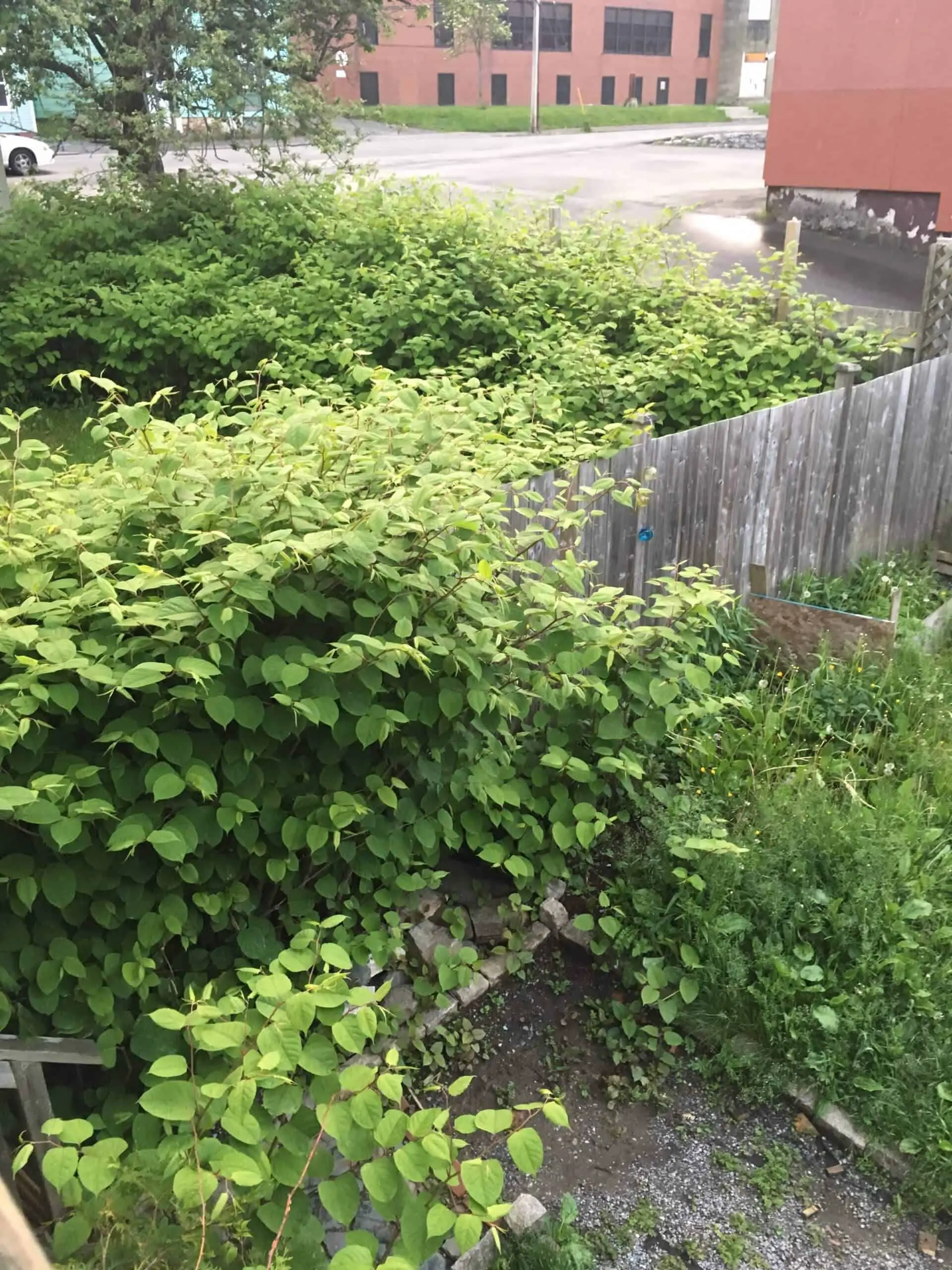
Legal and Regulatory Considerations
When it comes to choosing the right Japanese Knotweed treatment for your property, there are several legal and regulatory considerations that you need to keep in mind. These include the RICS Information Paper, Mortgage Lenders and Japanese Knotweed, and The Wildlife and Countryside Act 1981.
RICS Information Paper
The Royal Institution of Chartered Surveyors (RICS) has published an Information Paper on Japanese Knotweed, which provides guidance on how to identify and manage the invasive plant. The paper outlines the potential impact of Japanese Knotweed on a property’s value and structural damage. It also provides advice on how to eliminate the plant and prevent its spread.
Mortgage Lenders and Japanese Knotweed
Mortgage lenders are increasingly concerned about the presence of Japanese Knotweed on properties, as it can affect the value of the property and cause structural damage. Many lenders now require a surveyor’s report on the presence of Japanese Knotweed before they will approve a mortgage. Some lenders may also refuse to lend on properties where Japanese Knotweed is present.
The Wildlife and Countryside Act 1981
Under The Wildlife and Countryside Act 1981, it is an offence to plant or cause Japanese Knotweed to grow in the wild. It is also an offence to allow Japanese Knotweed to spread from your property to neighbouring land. If you have Japanese Knotweed on your property, you have a legal obligation to control it and prevent its spread.
In summary, when choosing the right Japanese Knotweed treatment for your property, it is important to consider the legal and regulatory implications. Be sure to consult the RICS Information Paper, inform your mortgage lender, and comply with The Wildlife and Countryside Act 1981 to avoid any legal issues.


